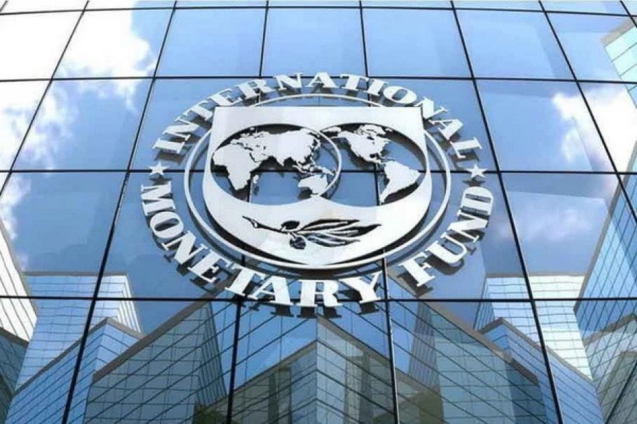
The International Monetary Fund has attributed the high inflation in Ghana to largely domestic factors.
This dismisses the argument by government that inflation in the country is due to external factors such as the Russian/Ukraine crisis which has pushed prices of some foodstuffs, particularly wheat and cereals up
In a press conference at the recent IMF/World Bank Spring Meetings, African Director at the Fund, Abebe Selassie, said its analysis show that inflation is driven more by domestic factors than exogenous factors
“On inflation, I mean, again, there are always trade-offs when you’re doing, policy calibration, and so in our regional economic outlook, we are very careful to flag that there are some countries where inflation has clearly been driven more by domestic factors than exogenous factors. I think Ghana would fall in that camp.â€
“But there are also quite a lot of other countries where the inflation we are seeing is more imported inflation, so the scope and the space and the ability of monetary policy to address that is limited. So again, it depends on country-specific circumstances, and on timeâ€.
“On inflation, I mean, again, there are always trade-offs when you’re doing, policy calibration, and so in our regional economic outlook, we are very careful to flag that there are some countries where inflation has clearly been driven more by domestic factors than exogenous factors. I think Ghana would fall in that camp.â€
“But there are also quite a lot of other countries where the inflation we are seeing is more imported inflation, so the scope and the space and the ability of monetary policy to address that is limited. So again, it depends on country-specific circumstances, and on timeâ€.
Inflation surges to 37.2% in September 2022
Inflation in Ghana shot by 3.3% to 37.2% in September 2022.
According to the GSS, five groups recorded inflation rates higher than the national average in September.
They were Housing, Water, Electricity, Gas and Other fuels (68.8%); Furnishings, Household Equipment and Routine Household Maintenance (51.1%); Transport (48.6%); Personal Care, Social Protection and Miscellaneous Goods and Services (42.6%) as well as Food and Non-Alcoholic Beverages (37.8%).






